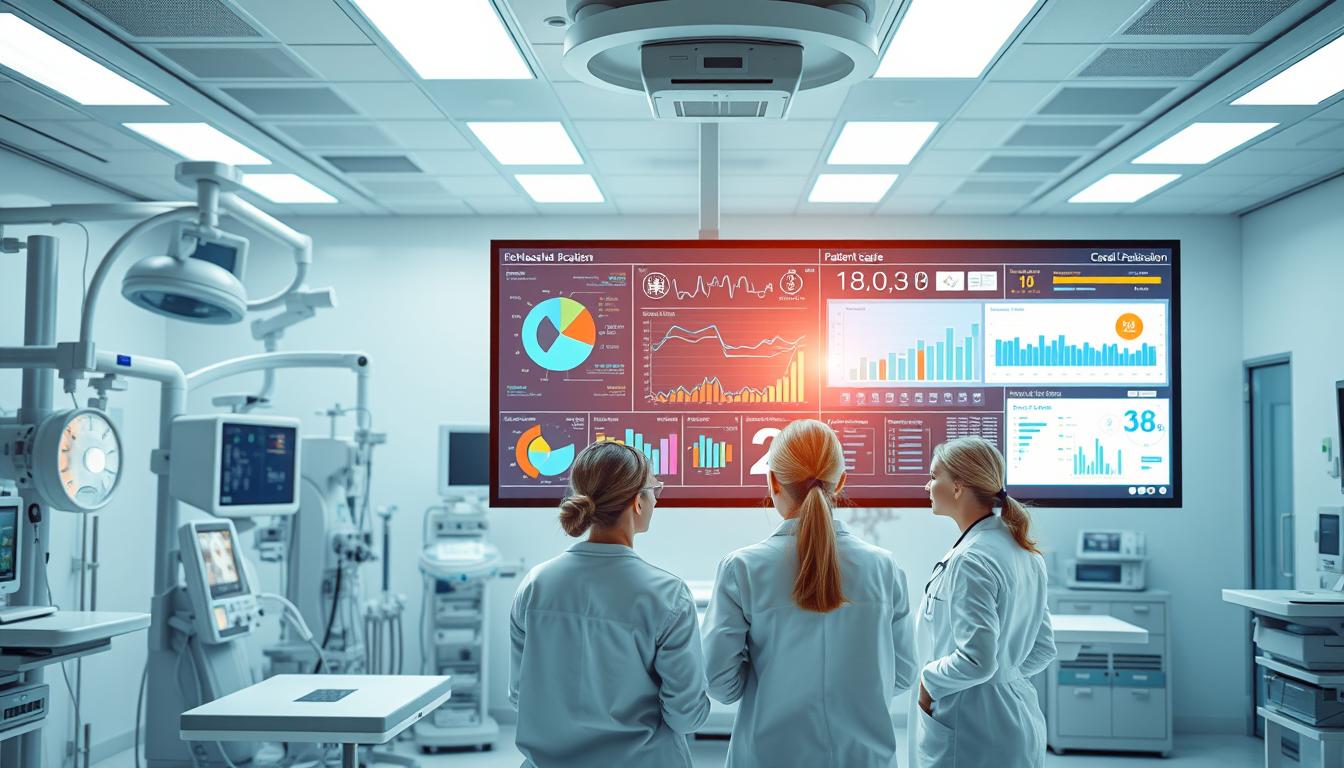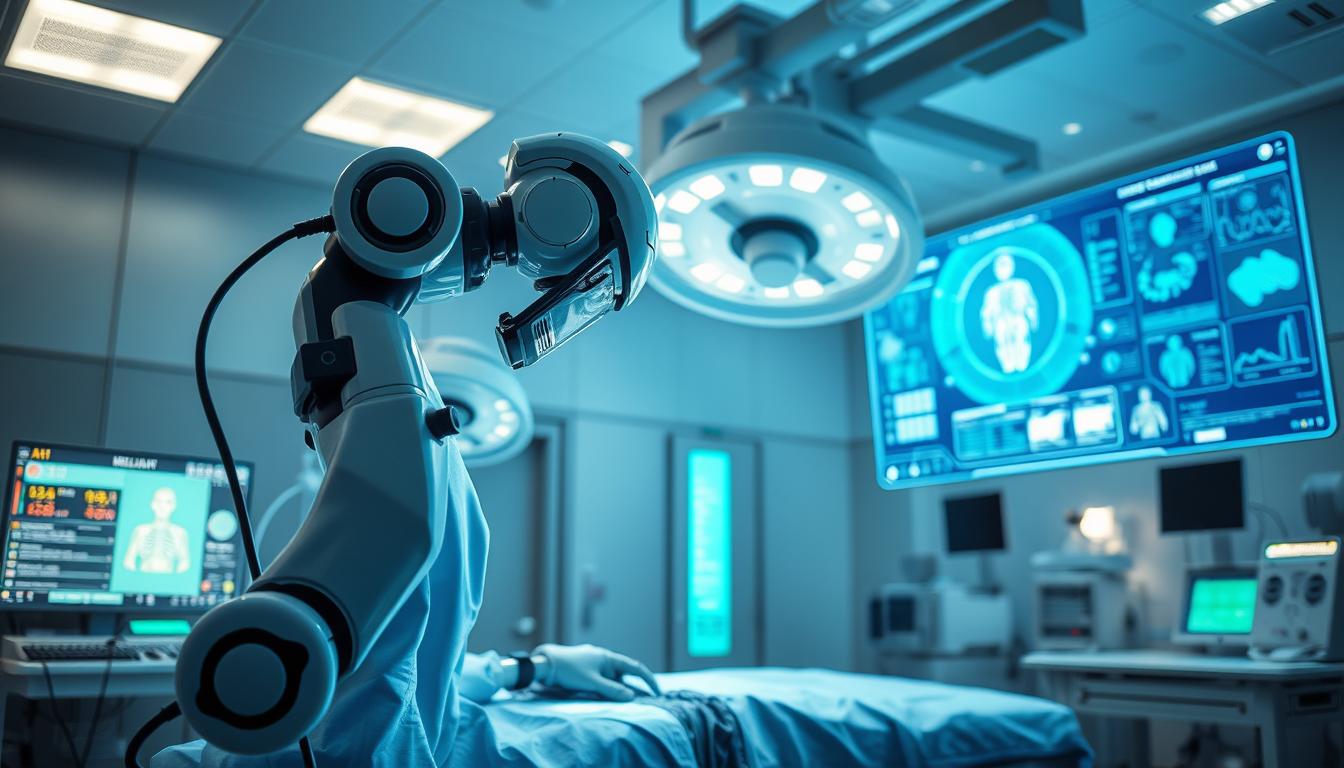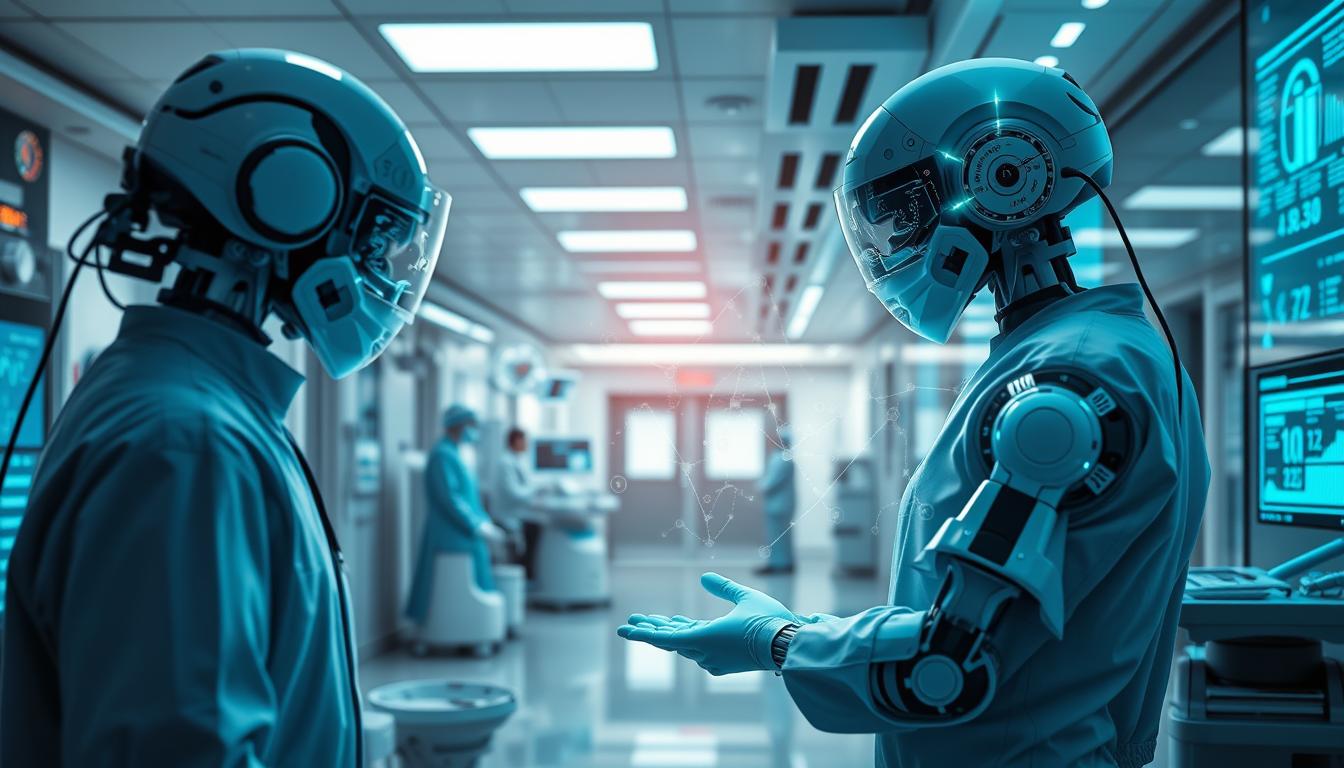Clinical decision support systems are key to better patient care. They give healthcare pros the right info at the right time. This helps them make better choices, cut down on mistakes, and improve care quality.
These systems use patient data, medical knowledge, and algorithms to offer advice. They are vital in today’s healthcare. We’ll look at how they help improve patient care and outcomes.
Clinical Decision Making Tools and Healthcare Decision Support
Clinical decision support systems help healthcare pros make better decisions. They use tools and support to cut down errors and boost patient care. We think these systems are vital in healthcare today.
Key Takeaways
- Clinical decision support systems improve patient care by providing accurate and timely clinical decision-making support.
- These systems leverage clinical decision making tools and healthcare decision support to enhance patient outcomes.
- Clinical decision support systems reduce errors and improve the quality of care.
- Healthcare professionals can make more informed decisions using clinical decision support systems.
- Clinical decision support systems are essential in modern healthcare.
- Clinical decision making tools and healthcare decision support are critical components of clinical decision support systems.
Understanding Clinical Decision Support Systems and Their Core Components
Clinical decision support systems are key to better patient care. They have three main parts: a knowledge base, an inference engine, and a user interface. These work together to help healthcare pros make quick, accurate decisions. This use of technology helps improve patient care.
Modern healthcare relies on clinical decision support software. It has features like data analytics, machine learning, and natural language processing. These tools help analyze data, spot patterns, and give personalized advice. This helps healthcare pros make better decisions, making care smoother and patients happier.
Key Features of Modern Clinical Decision Support Tools
- Data analytics for insights into patient data
- Machine learning for predictive modeling and pattern recognition
- Natural language processing for efficient data extraction and analysis
Knowing about the parts and features of clinical decision support systems is important. It lets healthcare pros use technology to give top-notch care. This is how they improve patient care.

Implementing Clinical Decision Support Systems in Your Practice
We know how vital electronic decision support is for better patient care. To make clinical decision support systems work in your practice, you must first understand your needs. Then, pick the right system for your practice.
It’s key to make sure these systems are easy for everyone to use. Electronic decision support can link up with your current health records and systems. This makes decisions faster and cuts down on mistakes. With the right steps, healthcare teams can use these systems to better care for patients.
Some important things to think about when setting up these systems include:
- Understanding what your practice needs and choosing the right system
- Linking the system with your current health records and systems
- Making sure the system is easy for everyone to use
- Offering training and support for staff to use the system well
By planning well and putting in the effort, we can make patient care better. 
As we start using clinical decision support systems, we must keep improving. This way, we can give our patients the best care possible. Using electronic decision support and healthcare systems, we can lead in medical innovation and better patient outcomes.
Transforming Healthcare Through Advanced Decision Support Technology
Clinical decision support systems and healthcare technology are changing fast. They bring new hope to the healthcare world. With tools like artificial intelligence, blockchain, and IoT, doctors can get instant, accurate advice. This helps them give better care and improve health results.
Using the latest technology, healthcare can become more efficient and cost-effective. It also means better care for everyone. As we keep innovating, we’re on the path to a new era in healthcare. This will help both patients and doctors a lot.











Leave a Reply